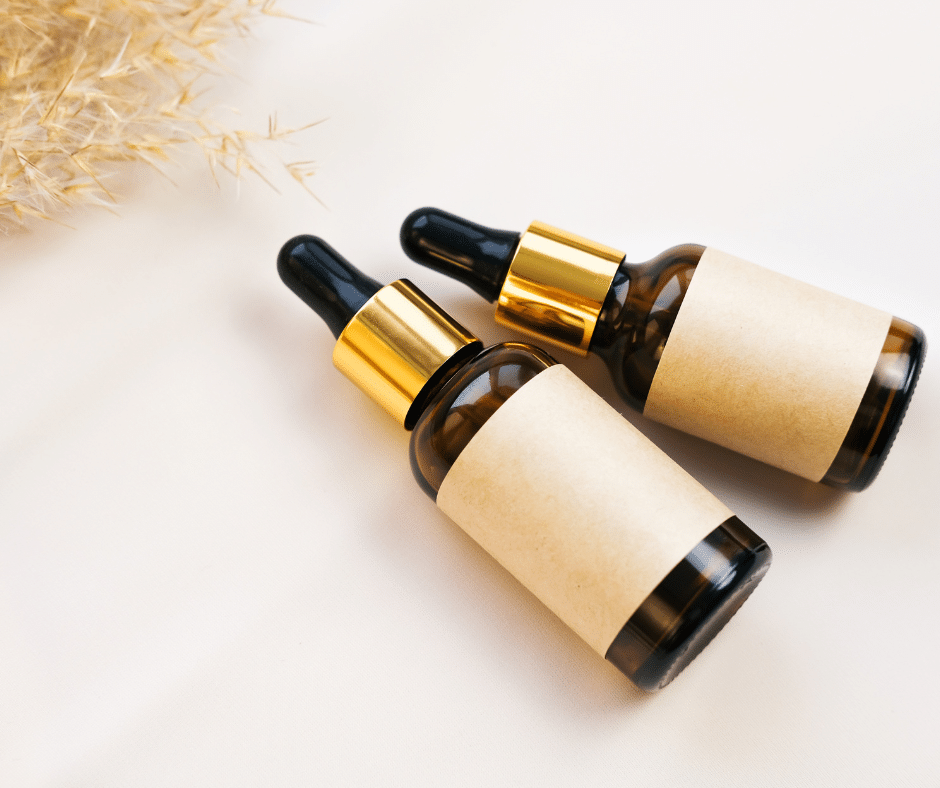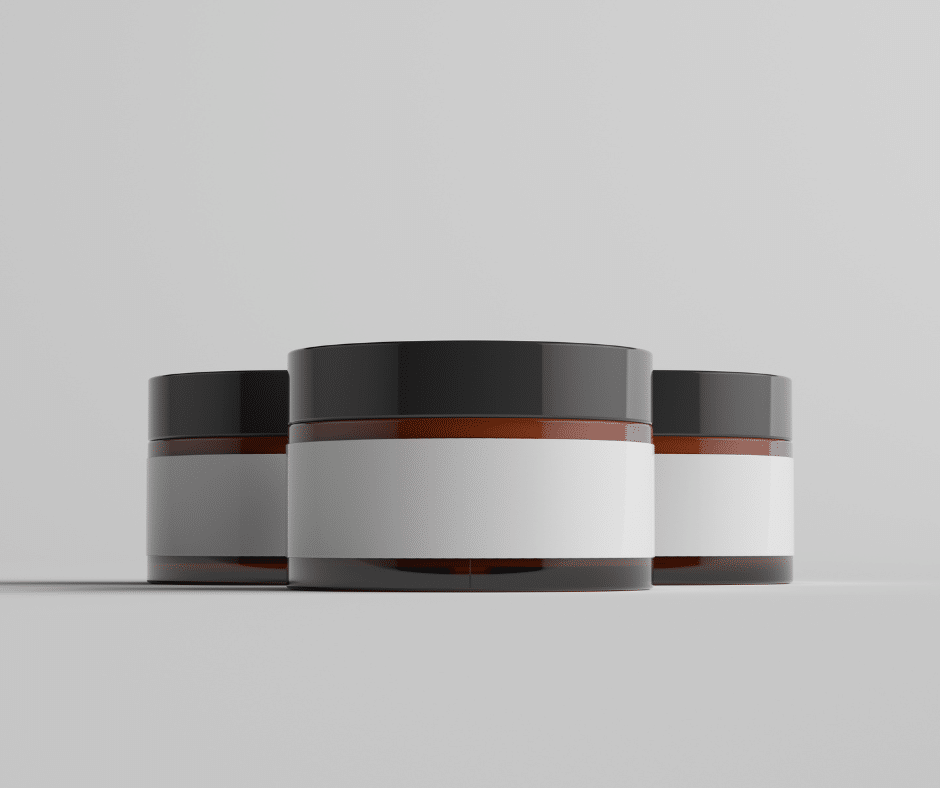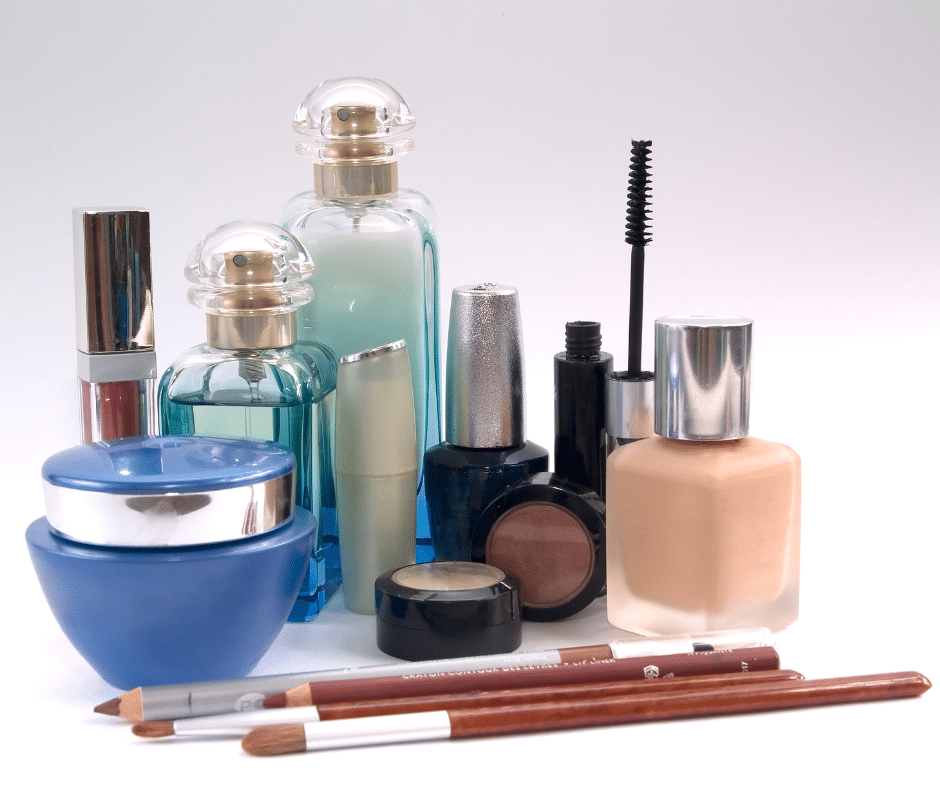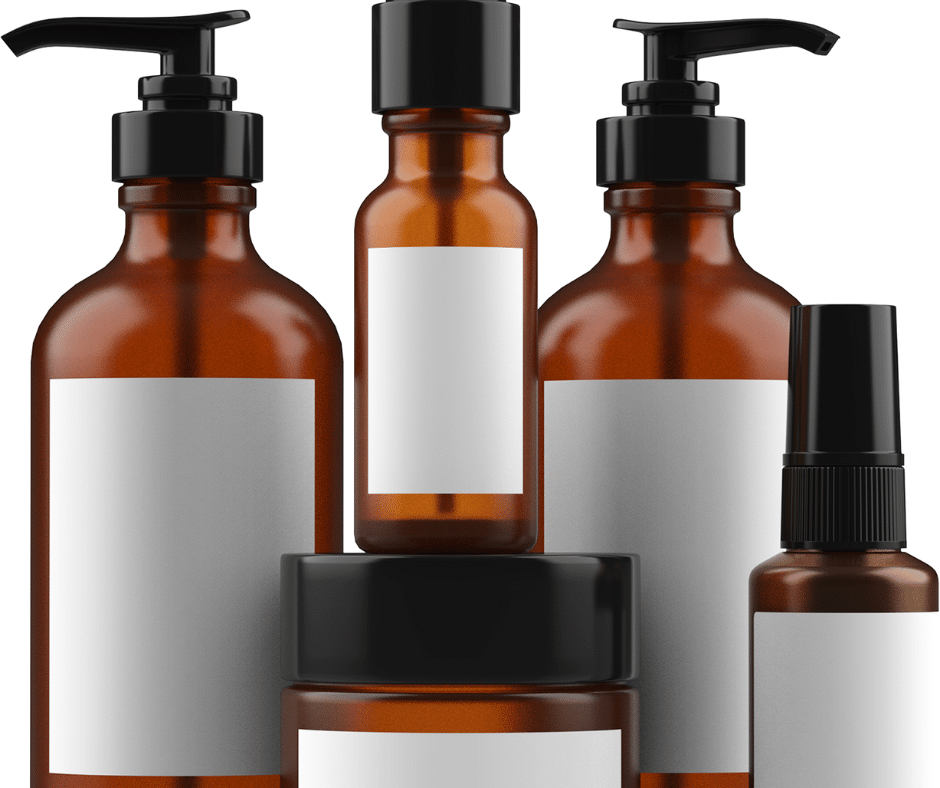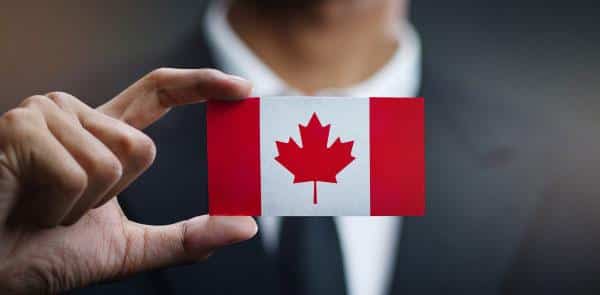
Why does Canada require bilingual labels?
Canada has two official languages: English and French. Therefore, product labels must include both the English and French languages. Labels should be easily readable and must follow all other labeling obligations outlined in the Cosmetic Regulations and the Consumer Packaging and Labelling Act.
- French must have the same impact as English
- French text needs to appear in the same size as the English text
- This rule applies to all cosmetic products sold in Quebec.



